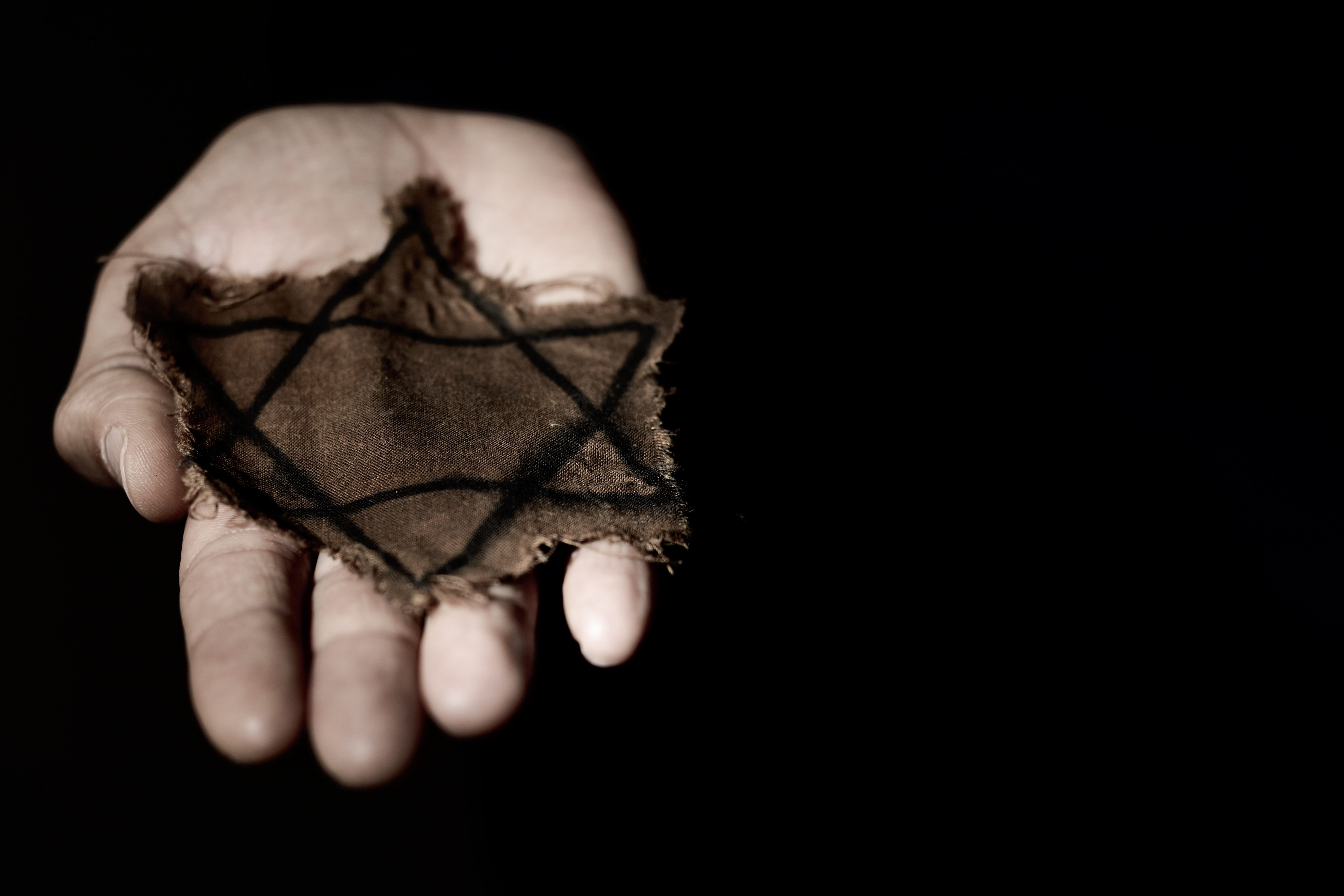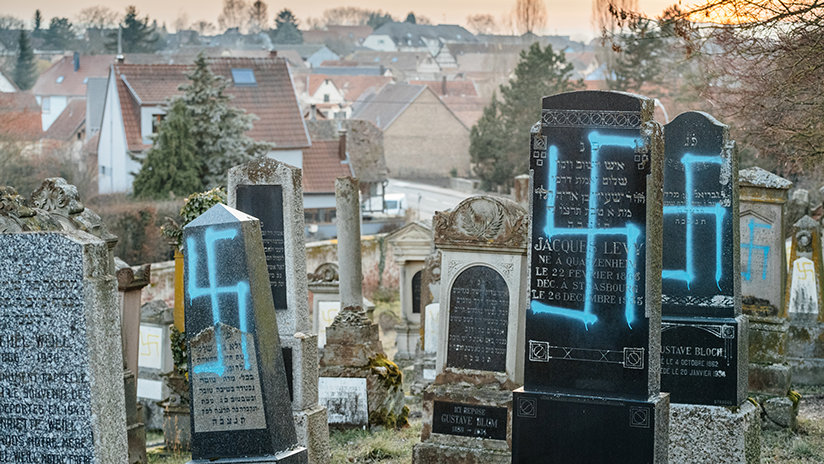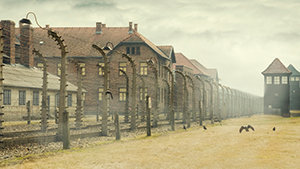
-
HOME
-
WHAT IS STANDOur Mission Our Values Our Help Contact
-
WHAT WE FIGHT FORReligious Freedom Religious Literacy Equality & Human Rights Inclusion & Respect Free Speech Responsible Journalism Corporate Accountability
-
RESOURCESExpert Studies Landmark Decisions White Papers FAQs David Miscavige Religious Freedom Resource Center Freedom of Religion & Human Rights Topic Index Priest-Penitent Privilege Islamophobia
-
HATE MONITORBiased Media Propagandists Hatemongers False Experts Hate Monitor Blog
-
NEWSROOMNews Media Watch Videos Blog
-
TAKE ACTIONCombat Hate & Discrimination Champion Freedom of Religion Demand Accountability
This Holocaust Remembrance Day, Let’s Honor the Heroes
On Holocaust Remembrance Day, let’s remember not only the victims but the heroes—one of whom left us this past year.

Adolfo Kaminsky, who died last January at age 97, was a self-taught master forger who manufactured or altered thousands of passports, ration cards, certificates of baptism, identity papers, birth and marriage documents, citizenship papers and more. In doing so, he risked his own life every hour of every day in order to snatch thousands from the jaws of the Holocaust.
It was like something out of a movie: a mild-mannered, bespectacled teenager by day who, by night, crusades against forces of unspeakable evil to save innocent lives, all while remaining mild-mannered and bespectacled.
“Of course everything I did was illegal,” Kaminsky reflected. “But when something legal is completely against humanity, you have to fight.”
“They don’t know who saved them. I was a stranger.”
It was, ironically, hatred and distrust—years before he was born—that would ultimately save Kaminsky from death. His Russian-born Jewish parents, suspected of belonging to the Bolshevik movement in France, were expelled from Paris and settled in Argentina. There, Kaminsky was born. The family returned to France a few years later and, in 1943, when France’s Jews were rounded up for deportation and death by their goose-stepping overlords, 18-year-old Kaminsky—at a stop en route to Auschwitz—was released because his passport was from Argentina, a neutral country during the war.
“I was one of the few who got out,” Kaminsky remembered. “We had to disappear. My father contacted the resistance movement. I met with a little man nicknamed Penguin.”
He revealed his secret to Penguin—that at his job at a clothes dyeing company, he had taught himself to do wizardry with colors as well as duplicate any mark and remove any ink, even indelible. It was a point of genius unique to Kaminsky, and a skill which soon proved life-saving for those whose passports or ration cards were marked with a large red JUIVE (Jew).
In her book about her father, Kaminsky’s daughter Sarah recounted the conversation between him and the resistance recruiter:
“You know how to remove ink stains?”
“Yes. That’s even my specialty.”
“But what about indelible inks?”
“There’s no such thing.”
As time passed, the resistance grew ever more dependent on his wizardry. In an attic in Paris’ Latin Quarter, Kaminsky would soon be working diligently, frantically, almost obsessively, forging and altering documents—to the point of going blind in one eye—knowing that each document that went through his hands represented a human life.
At one point, he was told that 300 Jewish children needed birth records, certificates of baptism and food stamps—900 documents in all—by the following day or else they would die. An impossible task. But Kaminsky, aided by two assistants, accepted the challenge. There was simply no choice.
“I had to stay awake as long as possible,” Kaminsky said. “The math was simple: in one hour, I made 30 fake documents. If I slept for one hour, 30 people would die. So I worked, worked, worked until I passed out. When I woke up, I kept working. We couldn’t stop. We finished the documents, but just in time.”
“My hope for the world? All human beings are equal.”
The call went out to the police: Stop the “Paris Forger.” But who would suspect a quiet teenage boy of being a criminal mastermind? At one point, a suspicious officer demanded to know the contents of Kaminsky’s briefcase, in which were hidden dozens of forged documents along with his forging tools.
“Sandwiches,” Kaminsky answered, offering the officer one. The officer let Kaminsky pass unsearched.
Adolfo Kaminsky never asked for payment for his work and never sought fame or expected it. “Anyone could have done it,” he said. “Ordinary people managed to save lives with nothing at all. They don’t know who saved them. I was a stranger. I’ve had a very happy life, with an adorable wife, children—truly something to be proud of. But there are so many corpses. If I hadn’t been able to do anything, I wouldn’t have been able to bear it.”
After the war, Kaminsky eked out a living as a photographer while volunteering his forgery skills wherever he found injustice—helping everyone from Algerians during their struggle for independence from France, to opponents of Spain’s fascist Francisco Franco and from revolutionaries in Latin America, to anti-apartheid activists in South Africa.
At the end of a 2016 New York Times mini-documentary about him, Kaminsky confided, “My hope for the world? All human beings are equal. These words can’t be empty. They have to be reality.”
There are 245,000 Jewish Holocaust survivors still with us. Among them is Saul Dreier, age 98, who taught himself to play the drums with two metal spoons while imprisoned in a concentration camp. Nearly 80 years later, he decided to bring others the joy that helped him endure those dark days. He formed the Holocaust Survivor Band that has performed around the world—at synagogues and nursing homes, and concert halls and banquets—playing Jewish folk songs as well as show tunes.
Dreier’s latest gig was performing at the White House this past Hanukkah. He also speaks at schools and colleges and has a memoir in the works. The recent upsurge in antisemitism has motivated him all the more.
“We all have one heart,” Dreier said. “We all have to live together in peace, and that’s what I’m trying to promote.”
This Holocaust Remembrance Day, let’s remember that we all indeed have one heart, but that some of us—heroes like Adolfo Kaminsky and Saul Dreier—are called upon to remind the rest of us of that fact—be it through resilience, bravery, defiance or simply by leaving us a legacy that challenges us to rise when our own turn comes.









